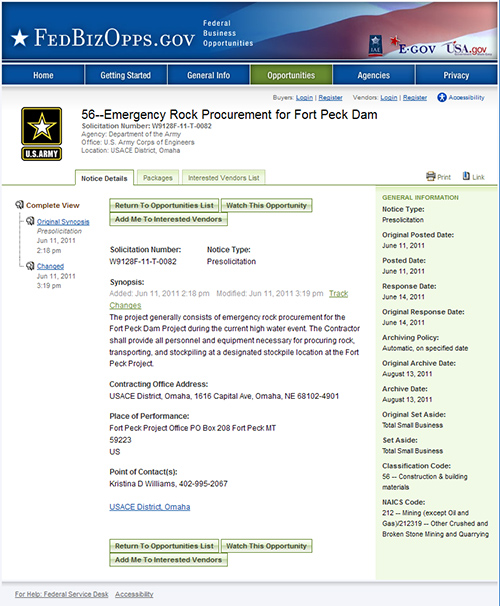
I couldn’t help but wince a bit when someone at a daily Missouri River Flood Briefing repeatedly mentioned misinformation on “the blogs” and by “the bloggers” a couple of days ago. Personally, I was sitting in one of the Operations Centers doing my job instead of blogging, but I was still a little put out by that remark.
I don’t know there WERE so many Bismarck- or Mandan-specific blogs, actually. I like Randy Hoffman’s site and (even though we’re ideological opposites) I enjoy Cat’s writing. So who’s spreading all the misinformation?
Well, certainly it isn’t me. In fact, aside from some campy photos of the swamped riverboat, I’ve been far too busy to even get out an see the flooding in person. Even if I did, I think the past several years have proved that I’ve behaved responsibly overall in what, where, when, and how I post stuff on this site.
I guess it’s not so much personal offense as it is the way many people speak about “bloggers” with disdain. Having worked in the communications industry for decades, I could cite plenty of examples of irresponsible journalism from various media outlets in this town. Having a set of call letters or a printing press doesn’t give you any more credibility than the guy who has discovered a story and wants to articulate it.
Being a “citizen journalist” or “blogger” doesn’t make one righteous or noble, either; however, anyone who claims having a J-school degree somehow gives you a)credibility, b)accuracy, or c)integrity needs to wake up and smell the coffee.
As you should have deduced by now, I’m an information junkie. As usual, I have a few links that you may find useful. Rather than act like I have all the answers, I like to point you to the people who do. I haven’t seen these linked anywhere else, so here goes:

If you’re wondering what the river stage is at various measuring points, just click below:
waterdata.usgs.gov

You can find all kinds of data about the Missouri and other rivers in our area with graphs of all by clicking below:
www.crh.noaa.gov

This page will give you the daily water release orders issued for the Garrison Dam within the Army Corps of Engineers:
usace.army.mil Orders page

My favorite, which gives you a TON of information about just about every aspect of the various dams and reservoirs in our area of concern, can be viewed by clicking below:
usace.army.mil Reports page

There’s quite a variety of information available at the US Army Corps of Engineers’ Missouri River Basin Water Management Division’s website, just click below:
usace.army.mil NWD-MR page
I said it before, I’ll say it again: I don’t pretend to have all the answers, but I probably have some hyperlinks to help you inform yourself. Having said that ad nauseum and after posting all those links to dizzying information above, let me point this out:
bismarck.org and cityofmandan.com are STILL your best bet for reliable information.
Not facebook, not your neigbor, not even local media.
Do yourself a favor and find your own information from the source. Find out your home’s elevation, watch the river, learn what a river release rate means in relation to a river stage level and how that stage level relates to elevation. Once you get your noodle wrapped around triangulating rate/stage/elevation, you will be able to assess your flood risk very quickly. Better yet, you’ll see through much of the other misinformation.



























